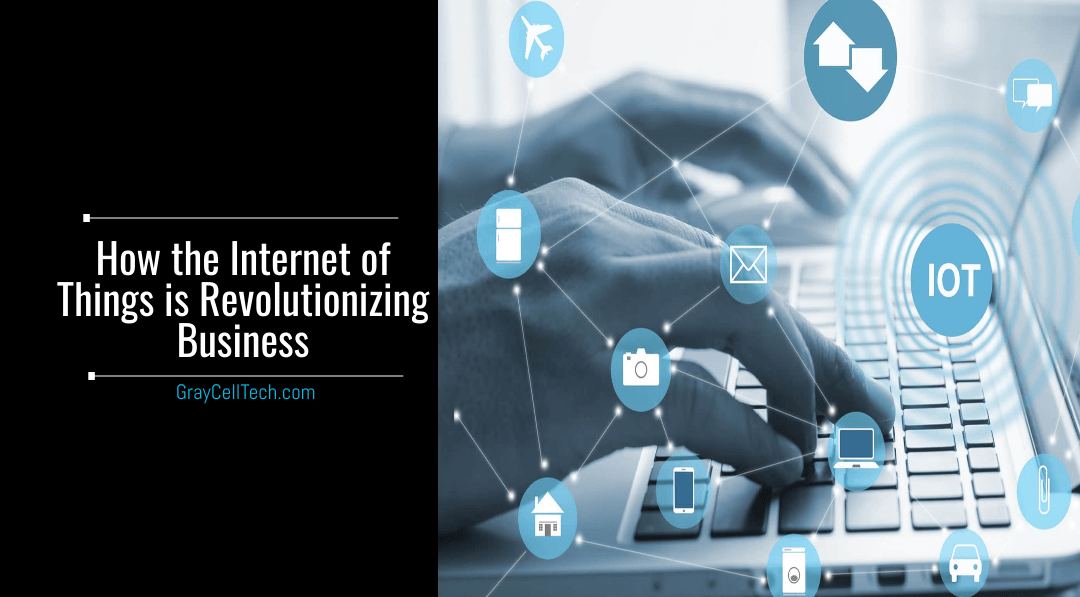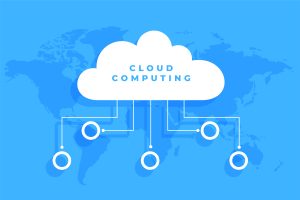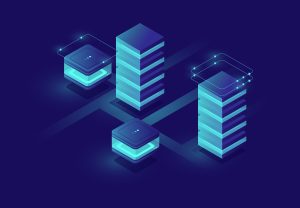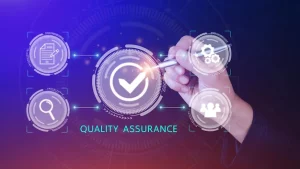Internet of Things (popularly known as IoT) refers to the network of devices (from smartphones to sensor-equipped manufacturing robots) connected via the internet. The connected devices can transfer data to facilitate a wide range of actions.
“Cisco predicted that the number of IoT connected devices would reach 50 billion by 2020.”
IoT technology plays a pivotal role in digital transformation. From healthcare and automotive industries to energy and manufacturing industries, IoT is revolutionizing businesses with better user experience. Let us understand the common ways in which the Internet of Things is transforming various businesses.
#1. Asset Tracking and Inventory Management

Employees often get in trouble while tracking and managing inventory. To resolve this issue, businesses can make use of IoT applications. Rather than manually tracking and managing inventory, these applications grant some automatic control options for inventory management. They are also useful for tracking assets in the supply chain to catch the assets that went missing in transit.
Companies can manage inventory changes by installing IoT products and software in their warehouses and storage units. IoT, together with analytics, can prevent theft when embedded with surveillance systems. For instance, Amazon has engaged wifi robots to scan QR codes on its products and track their orders.
#2. Data Sharing and Perception
Mostly, businesses function with the assistance of data collection and transmission. The adoption of IoT into a business can completely revolutionize the way this data is processed. It allows access to user data and tracks patterns in which the user connects with the device. The IoT application becomes smarter by learning from patterns, and thus, offers a better user experience.
At the same time, IoT products help businesses in deciphering that data for the growth of the company. This data helps businesses to study consumer needs, buyer cycle, scope for enhancement and inventions, and approach for marketing and advertising. For instance, wearable devices such as smartwatches use sensors to transfer data and offer the most precise information at the time of requirement.
#3. Forming New Business Lines
Apart from developing products, companies also monitor their performance. IoT has made this possible with embedded predictive maintenance algorithms. The feasibility of IoT data transfer across an organization’s ecosystem (that includes customers and partners) enables new innovative paths in the form of continuous engagements and value-added services. For instance, the self-driving tractor – an IoT product, can monitor crop levels and soil health. It can advise farmers on what crops to plant and what fertilizer to use.
#4. Effective Market Strategies

Large organizations ingest, process, visualize, and respond to a variety of a large amount of data. Hence, they can build strategies to cater to the customers’ requirements. Using IoT devices, companies can obtain a 360-degree view of customers’ preferences and accordingly run campaigns that drive revenue from customers. These devices are also helpful in dividing the target audience, generating customized offers (to boost customer satisfaction), and enhancing the customer experience. For instance, the creation of smart fans with speed, light, and temperature sensors has become popular in the market.
#5. Driving Real-Time Insights
Businesses can gather real-time data from devices, processes, and people via sensors. In the retail sector, retailers can stock products on-shelf and increase their profits with effective sales and stock management based on the real-time insights of buyers.
IoT helps businesses to make intelligent decisions for acquiring innovation in business models that help to achieve their business goals.
For instance, IoT used in livestock monitoring. IoT applications collect data about the well-being of cattle, provide information about the sick animal, and prevent cattle from getting sick.
#6. Enabling Omnichannel Services
The omnichannel approach for sales streamlines the entire shopping experience that makes it highly acceptable. The omnichannel service is facilitated by IoT to improve user experience. Integrating sensors with IoT devices helps manufacturers in supervising operations, status, and service levels from remote locations; and providing support according to the customer demands.
#7. Accessibility, Efficiency & Productivity

Logistics service providers, suppliers, and other business partners ensure faster delivery of orders using IoT solutions. Businesses required high efficiency and productivity. IoT helps to increase productivity by improving information about the market and customers. It can support extensive automation and respond in real-time on operational efficiency.
IoT will help businesses to run at a low budget and consequently expand the landscape intensely as insertion will be economical, and manufacturing will become more feasible.
For instance, a smart desk powered by IoT is an ideal workstation for employees. It learns and adjusts according to personal preference to ensure the best comfort and productivity.
#8. Improving Customer Experience
If a customer is not satisfied with a product, he will not give positive feedback. It leads to a decline in market revenue. To overcome such a situation, companies can build products with IoT. Incorporate IoT with the support team to monitor issues faced by clients. It helps businesses to address clients’ concerns and resolve them easily.
Further, the integration of chatbots and AI with IoT helps to focus on customer satisfaction. Chatbots synthesize data and identify issues (with any product or service) that can be improved. AI, together with IoT, provides valuable data to customer relationship managers and offers instant support to customers.
For instance, self-driving cars enable drivers to connect with the physical world via sensors and technologies (like Machine Learning) to deliver the best user experience.
#9. Generating New Consumer Demands

The more customers used IoT applications, the more they began to demand new things. For instance, an intelligent refrigerator can make a list of groceries based on its stock. This feature was unavailable a few years ago, but it will become a standard feature of refrigerators in the future.
#10. Changing Consumption Model
IoT can impact businesses by driving the change in the consumption model. New business models have flexible consumption calls that innovate how products are purchased. Earlier, customers used to buy a product, but now, they can pay-per-use. IoT helps to measure product utilization and charge accordingly.
Final Words
Companies adopting IoT technology are more responsive to customer needs and thus witness increased opportunities for the business. Also, IoT can increase efficiency and revenue and can promise to deliver the best product or service to the customer at the right time. If you also want to integrate IoT solutions into your business, you will need a talented and experienced developer who can help in achieving your goals.






